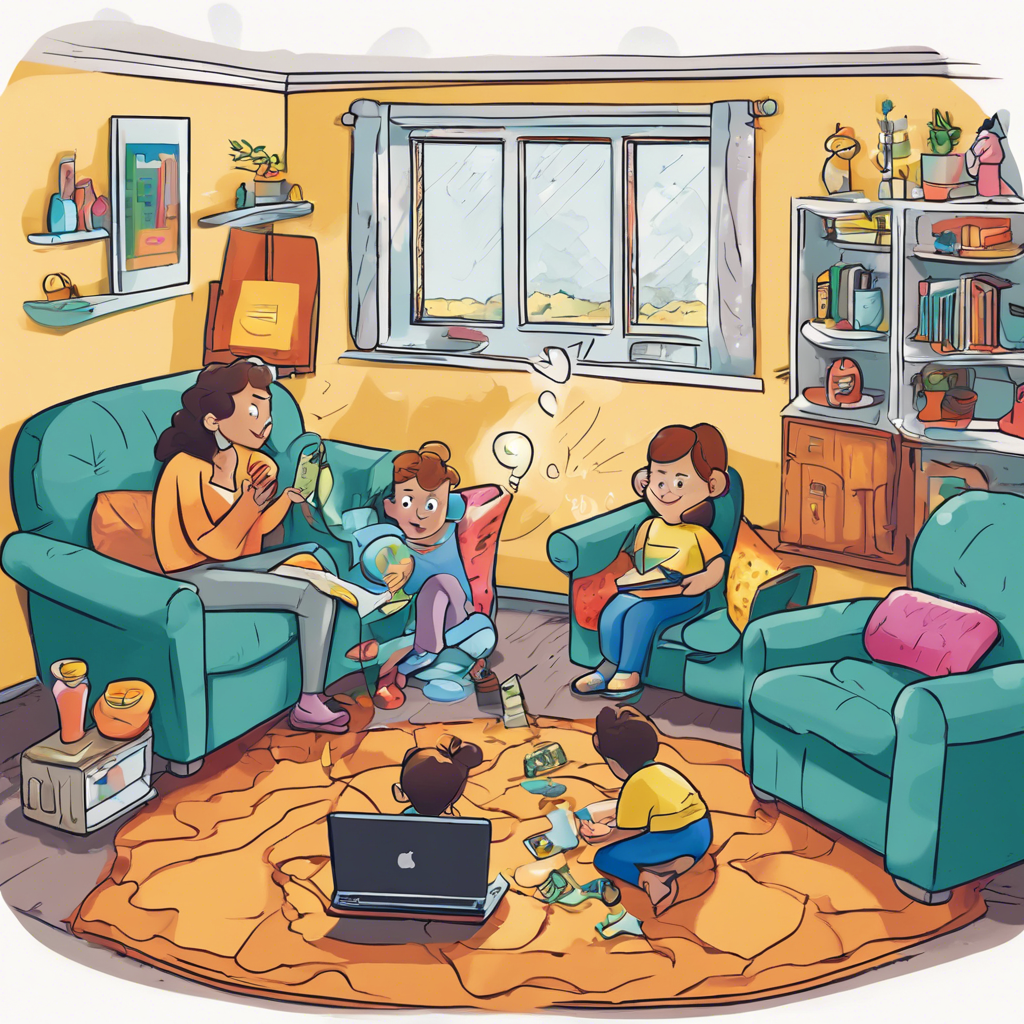What Roles Do Cultural Norms Play In Shaping Audience Participation During Musical Performances?
Gathering question image...
Introduction
Cultural norms represent the unwritten rules that influence how individuals engage and behave within a society. These norms are essential in shaping audience participation during musical performances, driven by expectations, shared values, and the traditions inherent in different cultures.
The Influence of Cultural Background on Audience Engagement
The cultural background of an audience significantly influences their engagement with musical performances. Different cultures have unique expectations regarding audience participation, which can vary widely from quiet listening to active involvement. For example, some cultures encourage clapping, dancing, or singing along with performers, while others maintain a more subdued or reserved ambiance. This cultural background provides context, determining whether the audience feels encouraged or hesitant to participate actively.
- In cultures rich in communal music-making traditions, such as many Indigenous societies, audience participation is typically expected and enhances the live performance experience.
- In formal concert settings, especially within Western classical music, audience members may perceive it as more appropriate to listen attentively and applaud only at designated moments.
Cultural Expectations and Context of Performance
Cultural expectations established by norms set the stage for interactions between performers and audiences. These include specific rituals related to applause and standing ovations during performances. For instance, in various musical traditions, standing ovations are a prevalent method to express appreciation, while in others, lengthy or enthusiastic applause may be viewed negatively. Moreover, cultural contexts influence how musical performance environments are prepared, including aspects like venue layout, which impacts the audience's comfort and willingness to express participation.
- The arrangement of seating in a performance venue significantly impacts the audience's connection to performers, thereby influencing their likelihood of active participation.
- Cultural festivals often integrate music and dance, encouraging audiences to naturally engage in ways that might not typically occur in formal concert environments.
Conclusion
In summary, cultural norms provide a framework that guides audience participation, dictating how individuals engage with music through their shared values and traditions. Recognizing these cultural norms enriches the experiences of both performers and audiences, fostering meaningful connections during musical performances.
Expert Quote
Dr. John E. Schaefer, Professor of Musicology at the University of Wisconsin-Madison
Cultural norms profoundly influence not only how audiences respond to music but also how we interpret listening and participation in performance. These norms shape the communal experience, enabling participants to embody cultural values through musical expression.
Schaefer, John E. 'The Role of Cultural Context in Audience Engagement', Journal of Musicology, 2020.
Relevant Links
Audience Engagement as Harassment in Music Performance?
https://themusiciancoach.substack.com/p/audience-engagement-as-harassmentThe social and cultural values of live music: Sustaining urban live ...
https://www.sciencedirect.com/science/article/pii/S026427511830996XMusic as a Cultural Inheritance System: A Contextual-Behavioral ...
https://pmc.ncbi.nlm.nih.gov/articles/PMC8641538/“Music Has No Borders”: An Exploratory Study of Audience ...
https://www.frontiersin.org/journals/psychology/articles/10.3389/fpsyg.2021.643893/fullCross-cultural perspectives on music and musicality - PMC
https://pmc.ncbi.nlm.nih.gov/articles/PMC4321137/Most popular questions

How Do The Personal Relationships Among Gods Affect Their Decisions In The Iliad?
The intricate relationships among the gods in Homer's epic poem 'The Iliad' play a crucial role in shaping their actions and decisions. These divine interactions create a complex web of fates, where each god's personal alliances and rivalries directly influence the events of the mortal world.

What Strategies Can Parents Use To Educate Their Children About Online Safety Beyond Privacy Settings?
In today's digital landscape, teaching children about online safety is essential for their protection and well-being. While privacy settings play a critical role, parents can implement various strategies to create a thorough understanding of online safety principles among their children.

What Are The Different Types Of Insulation Materials Commonly Used In Buildings, And How Do They Compare In Terms Of Thermal Resistance?
Insulation materials are vital for enhancing energy efficiency in residential and commercial buildings by minimizing heat transfer. Understanding the various insulation types can lead to better choices for thermal resistance and overall comfort.
Most recent questions

How Does The Authenticity Of A Social Media Influencer Affect Their Audience's Trust In The Products They Promote?
Understanding the importance of social media influencer authenticity is essential in today’s digital marketing realm. Authenticity refers to the genuine nature of an influencer’s persona and the content they create. This critical aspect significantly influences the level of trust their audience places in the brands and products they promote, directly impacting marketing effectiveness.

What Are The Socio-economic Impacts Of Tourism Generated By Film Festivals Compared To Music Festivals?
Festivals play a pivotal role in boosting tourism and enhancing local economies, yet the socio-economic impacts of film festivals significantly differ from those of music festivals. This detailed comparison highlights various benefits and challenges associated with both types of festivals, influencing local communities in distinct ways.

In What Ways Do Local Artists And Musicians Partner With Businesses To Improve The Overall Experience At Community Events?
Local artists and musicians play an essential role in enriching community events by partnering with local businesses. These collaborations foster vibrant atmospheres and create unique experiences for attendees, while simultaneously showcasing local talent and benefitting small enterprises. By integrating local art and music, community events become more engaging and memorable, ultimately enhancing local culture.